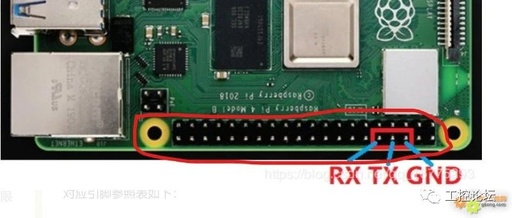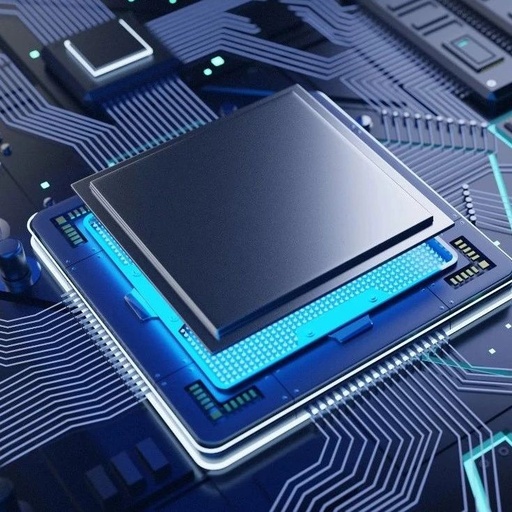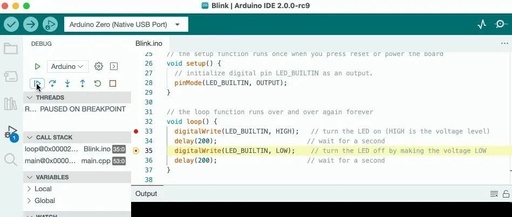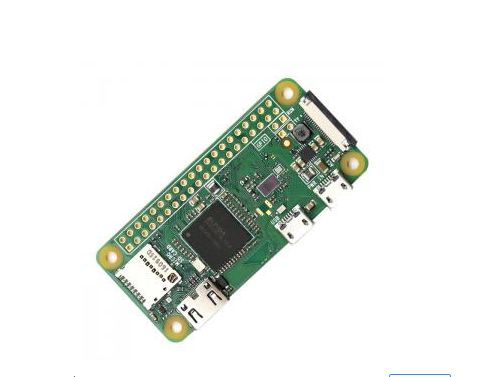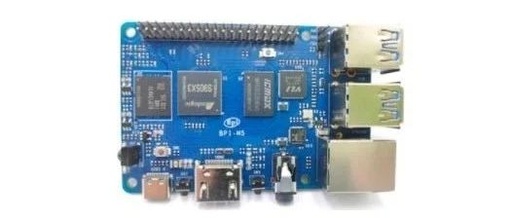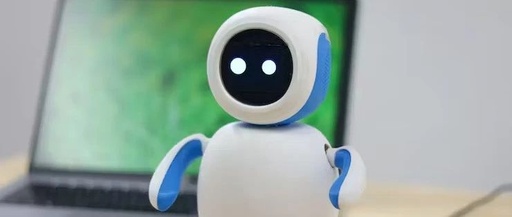Teaching and Learning Arduino Development Course
Course Name Arduino Development from Beginning to Practice Arduino Development from Beginning to Practice ☺ Teaching Objectives and Requirements Course Description: This course mainly guides students to learn and gradually improve through the idea of “Basic Knowledge → Module Experiments → Project Practice”, starting from easy to difficult, and stimulating students’ interest in learning in … Read more

